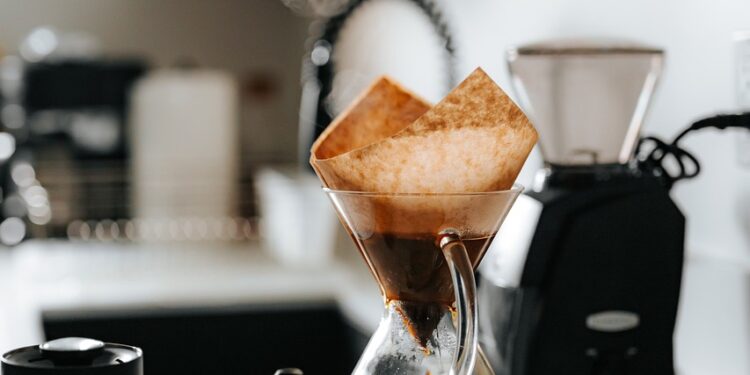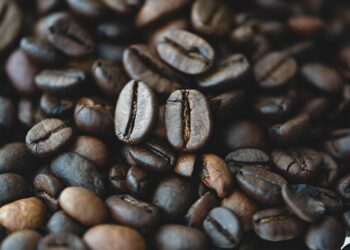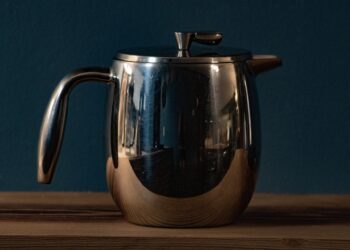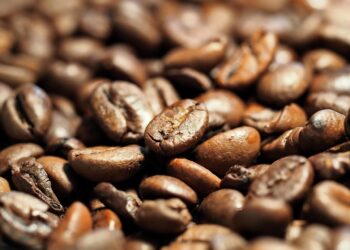Unlocking Flavor: The Impact of Coffee Brewing Temperatures on Aroma and Taste
For coffee enthusiasts and everyday drinkers alike, achieving the perfect cup of coffee is akin to a daily quest. Among the myriad factors influencing the quality of coffee—ranging from bean type to grinding technique—the temperature at which coffee is brewed plays a pivotal role. Understanding how brewing temperatures affect the aroma and taste of coffee can transform your brewing process and elevate your coffee experience.
The Science Behind Coffee Brewing Temperatures
The extraction of flavors and oils from coffee grounds, which defines the overall flavor profile of your coffee, is highly sensitive to temperature. Brewing temperature affects not just the taste but also the chemical reactions responsible for unlocking the coffee’s aroma and flavor compounds.
Optimal brewing temperatures can maximize the extraction of desirable flavors while minimizing the release of bitter and sour compounds. The Specialty Coffee Association recommends a brewing water temperature range of 195 to 205 degrees Fahrenheit (90.6 to 96.1 degrees Celsius). Straying outside this range can lead to under-extraction or over-extraction, impairing the coffee’s final taste.
How Temperature Influences Coffee Aroma
The aromatic compounds in coffee are volatile and highly sensitive to heat. At lower temperatures, some of the nuanced aromatic notes might not be fully extracted, leading the coffee to have a flatter aroma. Conversely, excessively high temperatures can lead to a burnt aroma and a bitter flavor profile. Balanced brewing temperatures help in releasing the perfect spectrum of sweet and complex aromas, significantly enhancing the sensory enjoyment of the drink.
Case Study: Light vs. Dark Roasts
The roast level of coffee beans also interacts with brewing temperatures. Light roasts, often preferred for their complex and varied flavor profiles, perform better at slightly higher temperatures within the recommended range. This higher range aids in extracting the delicate, floral, and fruity notes that light roasts are famed for.
Dark roasts, known for their bold and bitter flavors, can be brewed slightly cooler to avoid excess bitterness that high temperatures can exacerbate. This adjusted brewing temperature helps in highlighting the rich, chocolaty, and nutty flavors inherent in dark roasted beans.
Testing Different Brewing Temperatures
Adventurous coffee lovers might want to experiment with temperature variations to pinpoint their ideal balance. It is useful to start with the recommended temperature settings and adjust in small increments. Note the changes in flavor and aroma with each variation:
- 195°F (90.6°C): Might under-extract some beans causing sour flavors.
- 200°F (93.3°C): Ideal middle ground for most beans, balancing extraction efficiency without introducing bitterness.
- 205°F (96.1°C): Risks over-extraction with some beans but may be perfect for lighter roasts needing more heat to fully release their flavors.
Such experiments can lead to a deeper understanding of how different temperatures affect the unique characteristics of various coffee beans.
Tools for Controlling Brew Temperature
Achieving and maintaining the correct brewing temperature requires the right tools. For precision, consider investing in:
- A high-quality coffee maker with temperature control: This allows for precise adjustments and consistency in brewing temperatures.
- A digital thermometer: Especially important if using a manual brewing method like French press or pour-over, where temperature control can otherwise be a guessing game.
Common Questions About Coffee Brewing Temperature
Does brewing temperature affect caffeine content?
While brewing temperature primarily affects flavor and aroma, the caffeine content of your coffee is more greatly influenced by other factors such as coffee bean type, grind size, and brewing time. However, higher temperatures can slightly increase caffeine extraction.
Can the same temperature be used for different brewing methods?
While the general temperature range can apply across methods, slight adjustments can be beneficial. For instance, espresso machines typically use higher temperatures compared to drip coffee makers due to the short extraction time.
Final Thoughts
Mastering the art of coffee brewing can seem daunting, but understanding the impact of brewing temperatures on the aroma and taste is a significant step towards perfecting your morning cup. Whether you’re a casual drinker or an aficionado, adjusting brew temperatures can lead to improved flavor profiles and an overall better coffee experience. Happy brewing!
With these insights, you can start experimenting with temperatures to find your perfect cup. Remember, no single setting works for all; personal preference plays a crucial role in the ultimate coffee encounter.





